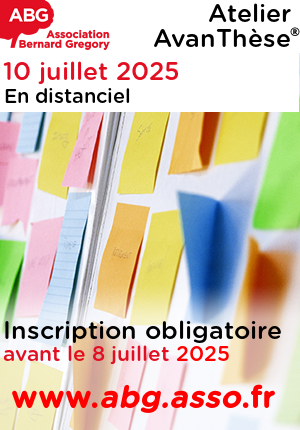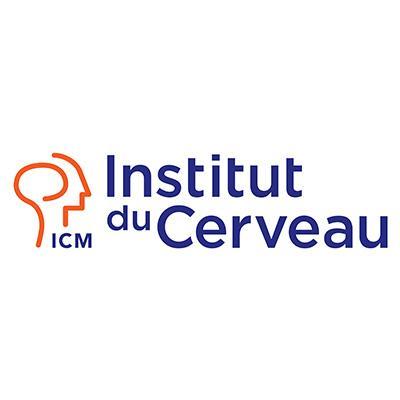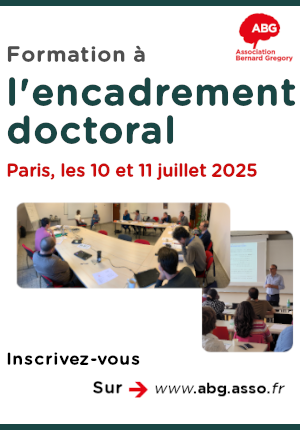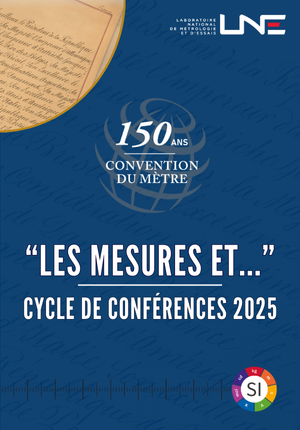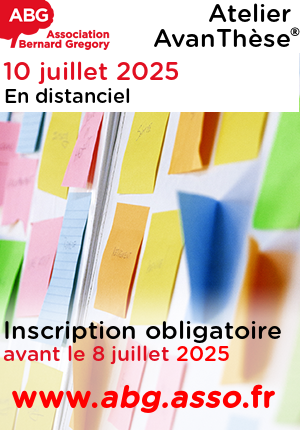Laser-driven permanent material modifications induced in out of equilibrium doped zinc oxide deposited by magnetron sputtering
| ABG-129462 | Thesis topic | |
| 2025-03-13 | Public funding alone (i.e. government, region, European, international organization research grant) |
- Physics
Topic description
Name of the laboratories: Institut Fresnel, Laser-Matter Interaction team (ILM)
“Surface du verre et interfaces”, Saint-Gobain Research center in Aubervilliers.
Thesis advisor: Konstantinos Iliopoulos
Subject’s title: Laser-driven permanent material modifications induced in out of equilibrium doped zinc oxide deposited by magnetron sputtering
Subject description:
Context:
Transparent conductive oxides (TCOs) are optically transparent thin films of metal oxides used as functional thin films in many applications such as photovoltaics, OLEDs, touch screens, insulating and smart glazing and are crucial for energy transition. High conductivity TCO films require an energetically costly baking step of the film/substrate system, which makes it difficult to decorrelate crystallization, diffusion, activation and defect formation processes that have different activation times and energies. The very large surfaces necessary to cover all these needs together with environmental concerns demand high yield fabrication processes with abundant non-toxic materials and with the Iowest possible energy and raw material consumption.
Topics:
This PhD is part of the ANR ULTRAZO project, whose goal is to intimately understand and master the local laser modification dynamics at different time scales in out-of-equilibrium inorganic metal oxides. The idea is to deliver precise amounts of energy with precise spatial and temporal widths to control the transformations and strongly reduce undesired processes.
Thesis objectives:
a) Understand the impact of selected sputtering parameters on the metal oxide microstructure and dopant insertion. A large pool of characterization techniques, including advanced techniques to investigate the dopant local environment (ex. 2D NMR), photoluminescence spectroscopy and real time analysis (such as infrared thermography).
b) Use laser processing to drive the modifications of the low temperature sputtered out-of-equilibrium films. Different kinds of lasers will be used (CW to ultrashort).
c) The characterization of the laser process will be carried out both dynamically, using different techniques such as fast thermography and optical measurements (thermal modifications), and after the process. The effect of standard baking will be studied for comparison.
d) Use finite element simulations to interpret the observed (thermally induced) modifications and real time data.
The student will interact with a second student (to be hired) studying real time modifications using pump probe experiments, but also with a postdoc (to be hired) carrying out atomistic simulations.
Partners:
This thesis will take place between two main laboratories. “Institut Fresnel” in Marseille and “Surface du verre et interfaces”, a joint unit between Saint-Gobain and the CNRS within the Saint-Gobain Research center in Aubervilliers. Photoluminescence spectroscopy experiments will be carried out during specific campaigns at “Institut de physique et chimie des matériaux de Strasbourg” (IPCMS).
Starting date
Funding category
Funding further details
Presentation of host institution and host laboratory
L’Institut Fresnel résulte de la fusion de 3 laboratoires sur le campus de Marseille Nord, dans les domaines de la photonique, de l’électromagnétisme et de l’image.
Les activités de recherche concernent notamment les fibres photoniques et les méta-matériaux, la segmentation active et le traitement multidimensionnel, la reconstruction électromagnétique et les micro-ondes, l’endommagement laser et la bio-photonique, la propagation des ondes dans les milieux aléatoires, les filtres interférentiels… autant de thématiques primordiales sur la scène scientifique internationale.
La production scientifique est de plus 100 articles par an dans les revues internationales à comité de lecture.
L’Institut favorise l’émergence de jeunes talents (médaille de bronze CNRS, prix du doctorant de la ville de Marseille…), comme la reconnaissance de chercheurs confirmés (Prix Ampère de l’Académie des Sciences, Médaille Blondel, Médaille du CNRS, Prix du rayonnement international de la ville de Marseille etc.).
L’Institut Fresnel participe à la stratégie scientifique, politique et économique des établissements universitaires et institutionnels d’Aix-Marseille et est un acteur important de l’innovation dans ses domaines de compétence.
L’équipe ’Interaction Laser Matière’ mène des travaux de recherche sur la physique et les applications des phénomènes d’’interaction laser matière à fort flux lumineux. Les thématiques traitées concernent principalement les problématiques d’endommagement laser des matériaux et composants optiques. Les recherches menées traitent d’une part la compréhension des phénomènes fondamentaux de l’interaction laser / matière par le développement d’expériences et de modèles, et d’autre part la mise en œuvre de ces phénomènes pour des applications spécifiques.
Website :
Candidate's profile
Master in research or engineering school with specialization in physics, optics or materials science. Knowledge of solid-state physics, non-linear optics and/or physical deposition methods would be an asset.
Vous avez déjà un compte ?
Nouvel utilisateur ?
Get ABG’s monthly newsletters including news, job offers, grants & fellowships and a selection of relevant events…
Discover our members
 MabDesign
MabDesign 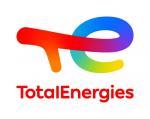 TotalEnergies
TotalEnergies  ONERA - The French Aerospace Lab
ONERA - The French Aerospace Lab  Généthon
Généthon  Institut Sup'biotech de Paris
Institut Sup'biotech de Paris  ASNR - Autorité de sûreté nucléaire et de radioprotection - Siège
ASNR - Autorité de sûreté nucléaire et de radioprotection - Siège  Aérocentre, Pôle d'excellence régional
Aérocentre, Pôle d'excellence régional  CESI
CESI 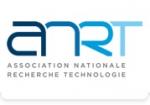 ANRT
ANRT  MabDesign
MabDesign 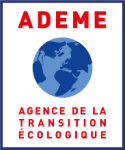 ADEME
ADEME  CASDEN
CASDEN 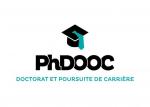 PhDOOC
PhDOOC  SUEZ
SUEZ  Laboratoire National de Métrologie et d'Essais - LNE
Laboratoire National de Métrologie et d'Essais - LNE  Groupe AFNOR - Association française de normalisation
Groupe AFNOR - Association française de normalisation  Nokia Bell Labs France
Nokia Bell Labs France  Tecknowmetrix
Tecknowmetrix  Ifremer
Ifremer



